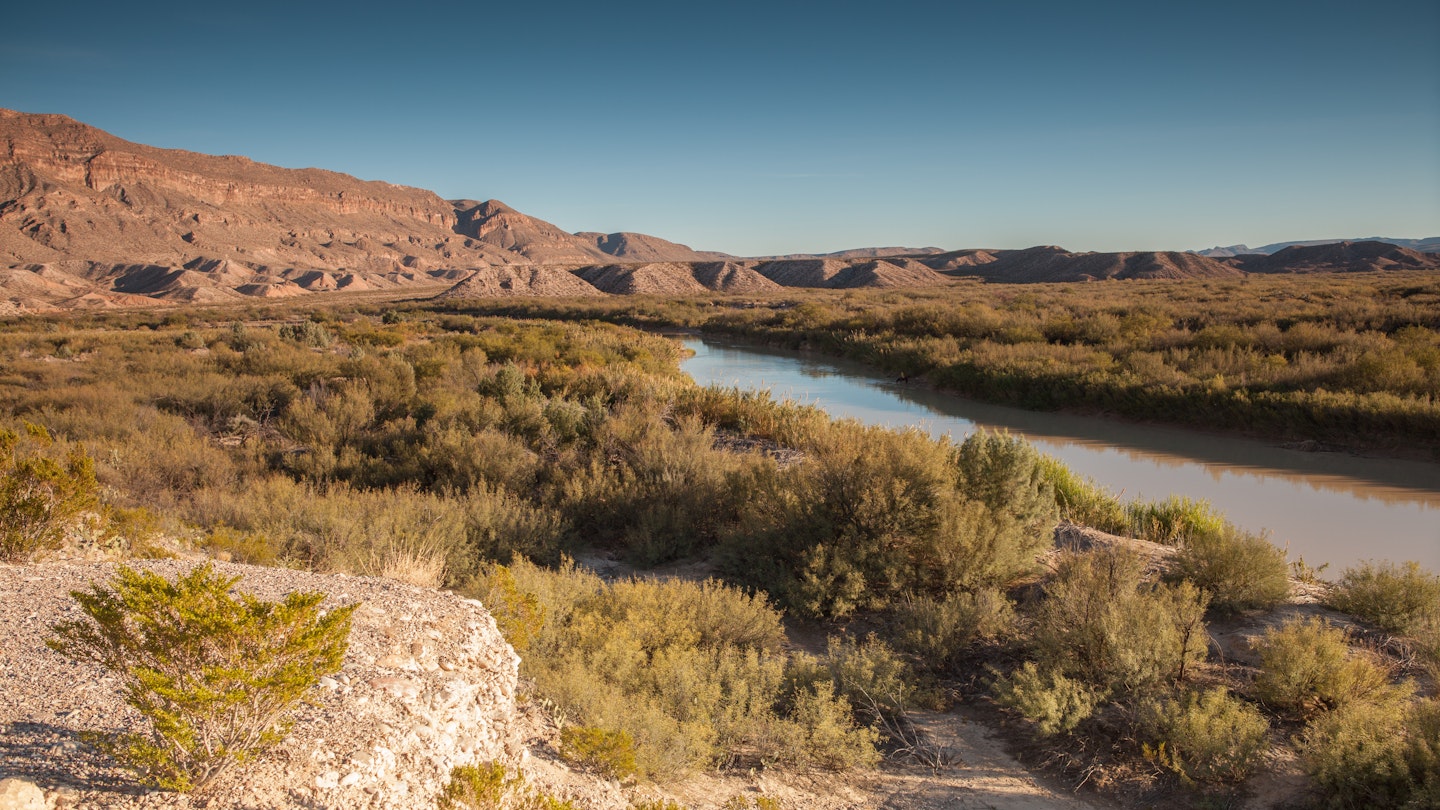Discover the National Wild and Scenic Rivers of the US
When we think of exploring the great outdoors in the US, we naturally gravitate toward the national and state parks. These public lands have long served as the backbone of the country’s environmental preservation system.
Within many of these parks—sometimes extending beyond their borders—exists a network of mighty waterways that hold the prestigious designation of National Wild and Scenic Rivers. These rivers are celebrated for their unique riparian ecosystems and for their vital roles in nourishing the environments around them. Here’s our guide to exploring some of the nation’s most breathtaking waters.
Buffalo National River, Arkansas
The Buffalo was the first river in the country to receive the National River designation, stretching 135 miles and comprising one of the last undammed river systems in the lower 48 states. The river flows through prime Ozark territory, across what was historically Osage land. Following the arrival of European settlers, the region surrounding the Buffalo became a hub for homesteaders, miners, and timber companies, also serving as a battleground during the Civil War.
Ecologically, the river is framed by towering bluffs of dolomite and limestone and cuts through three wilderness areas best explored via the intricate trail system and river floats. The Buffalo River itself is divided into three districts—Upper, Middle, and Lower—each offering its unique character; checking rainfall amounts before your visit is essential to anticipate the conditions.
New River Gorge National River, West Virginia
West Virginia is renowned for its striking mountainscape and is also home to one of the most legendary whitewater rivers in the country, perpetually popular with kayakers, rafters, and paddleboard enthusiasts. This river and the gorge carved from Nuttall sandstone and shale form the stunning centerpiece of one of the eastern USA’s best outdoor destinations, rife with opportunities for hiking, climbing, and, of course, water sports.
Despite its misleading name, the New River has an ancient origin story that dates back to the formation of the Appalachian Mountains and is believed to be one of the oldest rivers in the world. Its ecological stability has allowed coastal species to mingle with northern mountain species, forming a rare biosphere that continues to evolve. The New River Gorge has existed under Iroquois, Cherokee, and Shawnee control historically, becoming a critical area for mining and timber industries before its protection in 1978.
Today’s rivercourses create impressive rapids, offering adrenaline seekers no shortage of thrilling experiences. The New River also connects with the Gauley River, another giant in the rafting and kayaking scene.
Klamath Wild and Scenic River, Oregon/California
The Pacific Northwest has long enchanted visitors with its fairy-tale landscapes, and the Klamath River exemplifies this charm. This biodiverse waterway winds through several national forests and wilderness areas, providing an unparalleled aquatic experience.
This region holds immense significance to Native American tribes for millennia. In Oregon, it is sacred to both the Shasta and Klamath Nations. In California, the river is jointly managed by the Karuk Tribe, the Yurok Tribe, and the Hoopa Valley Tribe, in association with the US Forest Service and the Bureau of Land Management. As Anglo-Americans moved westward, they were equally drawn to the river’s abundant resources.
This river is one of only three that bisects the Cascade Range, flowing all the way to the Pacific Ocean. While anyone can enjoy rafting or exploring its shores, anglers particularly revel in visits, as the river is famed for its large salmon and steelhead populations—making fly-fishing a popular activity. Ensure you have a fishing permit and are aware of fishing seasons before you embark on your trip.
Rio Grande Wild and Scenic River, Texas
The Rio Grande carves through 100 million years of bedrock, forming one of the most rugged riparian environments in the country. At the heart of Big Bend National Park, the river is bordered by steep canyon walls and hot springs, providing a unique corridor through the geological and ecological history of the Chihuahuan Desert.
The Big Bend section of the Rio Grande was initially home to various Native American groups including the Chiso and Jumano, and later became a territory of conflict between the US and Mexico after the arrival of Spanish conquistadors. Over time, both Mexican and Anglo-American farmers and homesteaders have inhabited the region.
For those seeking relief from the desert heat, options abound for floating in Mariscal Canyon, Boquillas Canyon, and the Lower Canyons, each offering unique experiences suitable for various skill levels. Adventurous souls can undertake a 10-day float trip. Overnighting by the river provides stunning stargazing opportunities, as Big Bend is known to be the darkest national park in the lower 48 states.
Niobrara National Scenic River, Nebraska
The Niobrara River flows through northern Nebraska, creating a fascinating oasis within the state’s hills. Featuring sandhills and sandstone rock formations, an extraordinary array of fossils, and beautiful waterfalls, the river traverses Ponca land—a historically fertile hunting ground for bison and other game, later settled by Anglo-American homesteaders and cattle ranchers.
The river flows through six ecosystems, including three types of prairies and three forests. Floating along its mostly gentle waters is the most common way to enjoy the Niobrara, which ranks among the best rivers for canoeing in the country. For those interested in yakpacking the preserved 76 miles of the Niobrara National Scenic River, camping is available through private outfitters or at Smith Falls State Park. It is advisable to avoid visiting on Saturdays to maintain social distancing.





